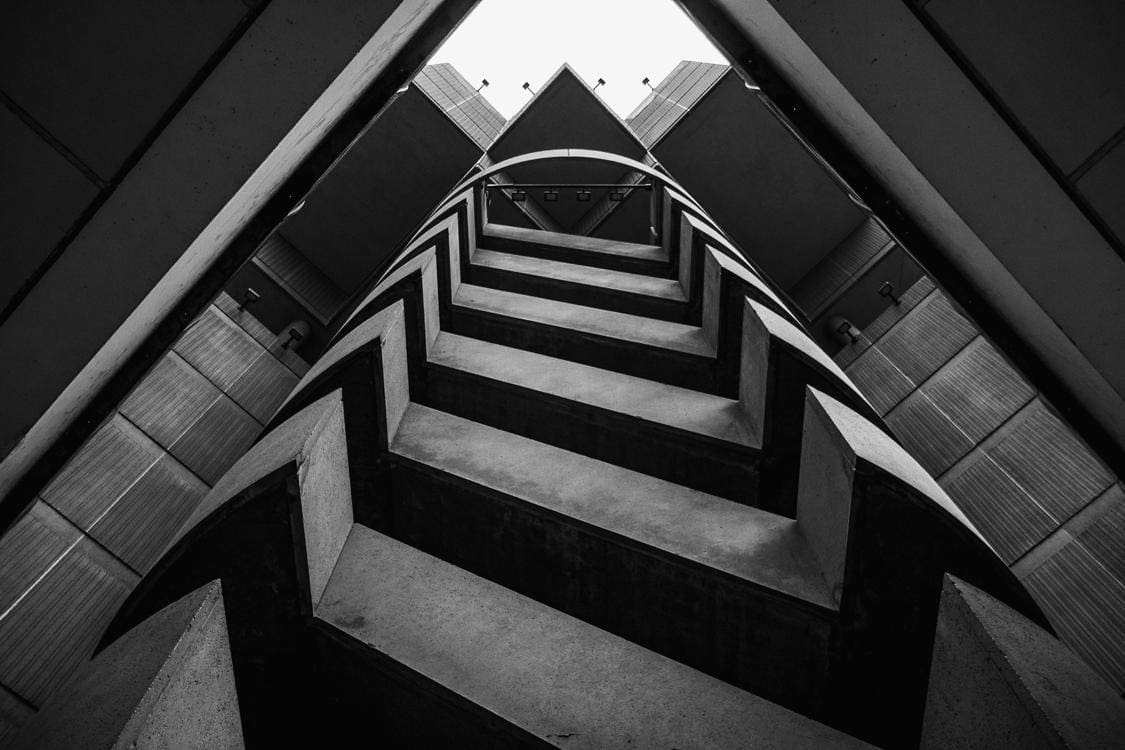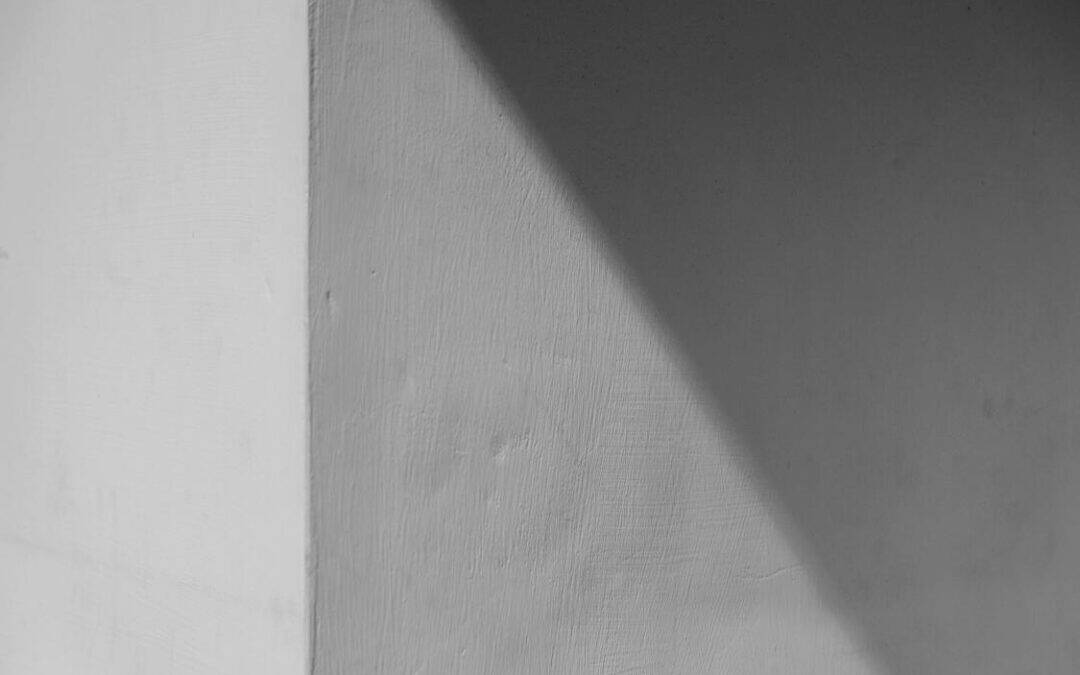Epoxy floors are incredibly strong, look great, and prevents moisture build-up. They also protect your concrete from moisture, chemicals, and abrasions.
However, concrete floor coating is not as simple as it seems. It requires grinding and acid etching to roughen up the surface, because epoxy does not adhere to smooth surfaces.
Moisture
Unless protected with a coating, raw concrete is highly susceptible to the absorption of moisture and chemicals that degrade it over time. Epoxy floor coatings offer a cost-effective and long-lasting solution for your home. However, applying a concrete coating requires careful consideration and insight into curing and drying.
When a liquid epoxy resin and hardener are applied to your slab, it undergoes a remarkable chemical reaction called polymerization. It transforms from a viscous liquid to a solid plastic that is highly durable and waterproof. The result is a flooring material that withstands heavy impacts and other stresses.
Unfortunately, improper application or a lack of adequate curing and drying can thwart the longevity and performance of your epoxy floor. The best way to avoid these common installation and maintenance errors is to work with an experienced concrete contractor that has experience working with a variety of commercial and residential applications.
A quality epoxy floor can last years with minimal maintenance and care, making it a great value for your home. However, a poor installation or insufficient curing and drying can leave your floor exposed to moisture and other contaminants that damage the integrity of the material.
Moisture is a major cause of soft spots and blisters in epoxy flooring, which are areas where the surface fails to adhere properly to the substrate beneath. Moisture can also cause epoxy to bubble, or dry and crack prematurely.
Whether you need to cure and dry your floor quickly or you’re working with a cold environment, you should follow the manufacturer’s recommended curing and drying guidelines. This includes allowing adequate air flow that circulates humidity and solvent vapors away from the surface to aid the process.
While the natural color of concrete is neutral and works with a wide range of design aesthetics, staining is another popular way to enhance your concrete floors. Stains, dyes, and paints offer an array of hues to match any style, from traditional browns to vibrant multi-colored designs. An experienced concrete contractor can help you weigh your options and find the best coloring technique for your space.
Contaminants
Concrete is a composite material that is a mix of Portland cement, water and aggregate (gravel, sand or rock). It’s a very durable material, which makes it an excellent choice for floors. However, concrete floors often need protection from chemicals, oils and other substances that can damage or discolor the surface. Epoxy floor coatings can provide this protection, as well as reduce the rate of any cracking that may occur in concrete over time.
Before applying any epoxy, it’s important to ensure that the floor is completely clean and free of any stains or other debris. It’s also necessary to grind the concrete to roughen up its surface, which will help the epoxy adhere securely when it dries. Grinding can also eliminate any blemishes or imperfections that may affect the durability of the epoxy.
It’s also crucial to make sure that the concrete is fully cured before installing an epoxy floor coating. If the concrete isn’t able to properly dry, it can prevent the epoxy from bonding with the slab and can cause flaking and bubbling over time. If the concrete has a sealant on it, it’s important to remove that before applying an epoxy coating.
One of the biggest drawbacks of epoxy is that it takes longer than some other floor coatings to cure and harden. This can be a problem in many situations, especially if the floor will need to be walked on while it’s curing.
Another potential drawback of epoxy is that it can be difficult to get rid of bubbles in the surface once it’s applied. These bubbles are caused by either air being pushed out of tiny imperfections on the surface as the liquid fills them or from a teeny amount of air being introduced as the resin and hardener are being mixed. To fix these problems, it’s usually necessary to sand the area and reapply the epoxy. The best option for preventing future bubbles is to work with a professional who knows how to properly prepare and install an epoxy floor coating. This will minimize the chance of bubbles and ensure that your concrete floor looks beautiful for years to come.
Slab Thickness

Concrete is tough, but it is not invulnerable. In its natural state, it is susceptible to moisture, bacteria, fungus and dirt. If left unprotected, those threats can cause damage to the floor and lead to abrasion loss that makes the surface rough, scratchy, and slick. Epoxy can seal the surface, protecting it from all those threats and improving its abrasion resistance to protect against wear and tear.
A quality epoxy floor requires proper preparation. This starts with a thorough washing of the slab and removal of any contaminants. Next, the concrete needs to be lightly ground with a hand grinder to create a profile that will bond well with the epoxy. The grinder should be used with a coarse grit to keep from damaging the concrete slab or creating deep divots in the surface. The grinding should be done by experienced personnel that can read the surface of the concrete and know how much pressure to apply. Too much pressure or too little pressure will result in a surface that is not as smooth as the concrete was before the grinding.
Once the concrete is cleaned and conditioned, the moisture content must be assessed. The moisture content must be below 99% humidity for an epoxy system to work.
If moisture is a concern, a Moisture Mitigating Primer or a Poly-Crete system may be needed to help the epoxy adhere. In many cases, if the relative humidity is low enough and there are no issues with contamination, an aliphatic epoxy will be the best option.
New concrete must be given the time to cure before applying an epoxy coating. If not, the moisture will liquefy under the epoxy coating and cause bubbling and flaking. Older concrete may have a sealant on it that needs to be removed before the epoxy is applied. If a sealant is on the concrete, it will prevent the epoxy from bonding to the concrete and could cause issues later.
Poor Preparation
Epoxy floors are a popular way to upgrade the appearance of concrete and protect it from damage. Unlike other concrete floor coatings that bond down into the concrete to create a strong hold, epoxy resins sit on top of the concrete like paint. This makes them susceptible to a number of problems that can lead to failure, including poor adhesion.
One of the biggest reasons for poor adhesion is improper concrete surface preparation. While many people may be able to do their own basic concrete cleaning, the more challenging tasks of grinding or etching the surface and shot-blasting are not things most people can easily take on by themselves. Even when they do hire a professional to do these tasks, they may not be able to get the concrete clean enough. If the concrete is not sufficiently roughed up, the epoxy will not have a good grip on it and will start to peel or flake off.
Another problem that can cause poor adhesion is excessive moisture in the concrete. This can be caused by a variety of factors, including an inability to cure the concrete properly, seasonal changes in humidity levels, and more. In order to prevent this, it is essential to have a concrete moisture testing kit on hand or consult with a professional to have the concrete tested before starting the epoxy coating process.
Moisture problems can also result from a lack of proper concrete slab ventilation or incorrect water content when the concrete is being mixed. This can cause the concrete to become weak and brittle. This type of weak concrete is often seen in garage floors, commercial showrooms, and other large spaces where the floor is subject to heavy traffic and frequent use.
Finally, the most common reason for poor adhesion is a lack of understanding of the epoxy coating system being applied. Many DIY users buy an epoxy coating kit from a big box store or online and assume that all they have to do is wash the concrete and acid etch it before they can start the application. While acid etching is a viable option for some concrete surfaces, it is not the only or the best method for preparing the concrete for an epoxy floor coating.

